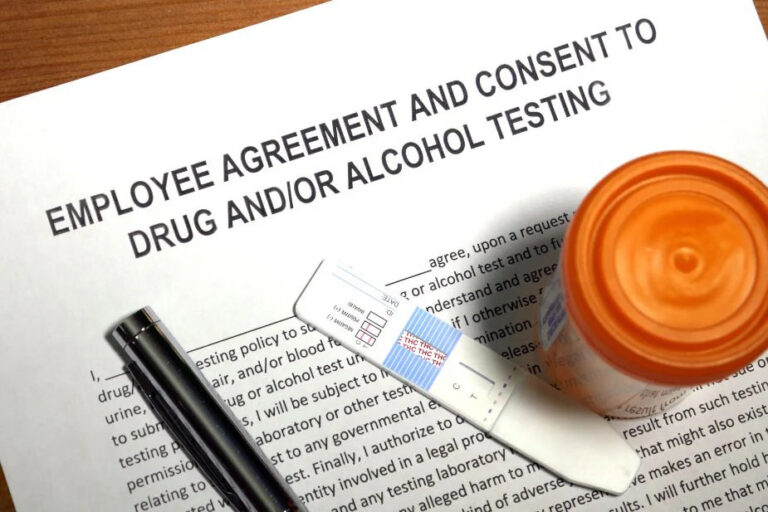Modafinil vs NZT-48 and CPH4: The Real Science Behind ‘Limitless’ and ‘Lucy’ Smart Drugs
In movies like Limitless and Lucy, fictional nootropics like NZT-48 and CPH4 turn ordinary people into superhumans. These cinematic portrayals have sparked real-world interest in drugs that might mimic such effects. One substance often cited as the closest real-life counterpart is modafinil, a prescription medication primarily used to promote wakefulness. But how similar is modafinil to the miracle pills of the silver screen?
What Is Modafinil and How Does It Work?
Modafinil is a wakefulness-promoting agent originally approved for narcolepsy, shift work sleep disorder, and obstructive sleep apnea (FDA, 2007). Its precise mechanism is complex and not entirely understood, but it is believed to act on multiple neurotransmitter systems—most notably dopamine, norepinephrine, histamine, glutamate, and GABA pathways (Kumar, 2008; Gerrard & Malcolm, 2007).
Unlike traditional stimulants such as amphetamine or methylphenidate, modafinil’s wake-promoting effects are not solely dependent on dopamine receptor activity. It binds weakly to the dopamine transporter, thereby inhibiting dopamine reuptake and modestly increasing extracellular dopamine concentrations (FDA, 2007).
Moreover, its targeted activation of specific brain regions—like the anterior hypothalamus—suggests a more refined pharmacological profile compared to older stimulants (Gerrard & Malcolm, 2007).
Modafinil vs. NZT-48 and CPH4: A Reality Check
The fictional drug NZT-48 in Limitless enables instant memory recall, accelerated learning, and superhuman intelligence. Similarly, CPH4 in Lucy unlocks 100% of brain capacity, granting godlike awareness and even telekinesis. These portrayals are pure science fiction.
Real-world nootropics like modafinil may boost alertness, focus, and executive functioning, but the effects are modest in healthy individuals. A comprehensive systematic review found that modafinil does improve some cognitive domains, especially under sleep-deprived conditions—but not to the extraordinary levels portrayed in film (Sharif et al., 2021).
Another review cautions that while modafinil may increase productivity, its long-term safety in healthy populations is not well-established, and its benefits vary between individuals (Malík & Tlustoš, 2022).
In short: modafinil is not a shortcut to genius.
Who’s Using Modafinil — and Why?
The use of cognitive enhancers by healthy individuals, particularly university students and professionals, is rising. Many obtain modafinil without prescriptions, believing it to be a safe and effective way to boost mental performance during exams or work crunches (Sharif et al., 2021).
However, this trend brings risks. Modafinil may produce side effects like insomnia, anxiety, headaches, and gastrointestinal issues. Moreover, while its abuse potential is lower than traditional stimulants, evidence suggests it still has reinforcing properties and can be self-administered like cocaine in preclinical studies (FDA, 2007; Kumar, 2008).
What the Science Really Says About Cognitive Enhancement
A major distinction between real nootropics and fictional ones lies in scope and intensity. While NZT-48 and CPH4 radically transform cognition within minutes, modafinil requires consistent, strategic use and does not “unlock” dormant brainpower.
Research shows that modafinil may improve:
- Working memory and planning in sleep-deprived individuals (Kumar, 2008)
- Reaction time and executive function in some cognitive tasks (Sharif et al., 2021)
- Productivity in clinical populations such as ADHD, fatigue syndromes, and depression (Kumar, 2008; Gerrard & Malcolm, 2007)
But these benefits are incremental, not transformational.
Safety, Regulation, and Ethical Concerns
Modafinil is a Schedule IV controlled substance in the U.S., indicating a low but present potential for abuse. Its FDA-approved label includes warnings about hypersensitivity reactions and psychiatric side effects (FDA, 2007).
Off-label use, particularly for cognitive enhancement in healthy individuals, raises ethical concerns. Should modafinil be allowed in academic testing environments? Are employers implicitly encouraging off-label enhancement?
Researchers caution that widespread, unsupervised use of modafinil may exacerbate inequality and undermine meritocratic systems (Malík & Tlustoš, 2022).
Conclusion: Modafinil Is Powerful — But It’s Not Magic
While modafinil shows promise as a mild cognitive enhancer and has legitimate medical applications, it’s not the miracle pill depicted in movies like Limitless or Lucy. It cannot grant photographic memory, superhuman intellect, or transcendental abilities.
Understanding what modafinil can—and can’t—do is essential for anyone considering its use. The science supports modest, situation-specific cognitive gains, especially in sleep-deprived or clinically diagnosed populations. But it also urges caution, respect for regulation, and realistic expectations.
References
- U.S. Food and Drug Administration. (2007). PROVIGIL® (modafinil) tablets [Prescribing information]. U.S. Department of Health and Human Services. https://www.accessdata.fda.gov/drugsatfda_docs/label/2007/020717s020s013s018lbl.pdf
- Kumar, R. (2008). Approved and investigational uses of modafinil: An evidence-based review. Drugs, 68(13), 1803–1839. https://doi.org/10.2165/00003495-200868130-00003
- Malík, M., & Tlustoš, P. (2022). Nootropics as cognitive enhancers: Types, dosage and side effects of smart drugs. Nutrients, 14(16), 3367. https://doi.org/10.3390/nu14163367
- Sharif, S., Guirguis, A., Fergus, S., & Schifano, F. (2021). The use and impact of cognitive enhancers among university students: A systematic review. Brain Sciences, 11(3), 355. https://doi.org/10.3390/brainsci11030355
- Gerrard, P., & Malcolm, R. (2007). Mechanisms of modafinil: A review of current research. Neuropsychiatric Disease and Treatment, 3(3), 349–364. https://pmc.ncbi.nlm.nih.gov/articles/PMC2654794/








